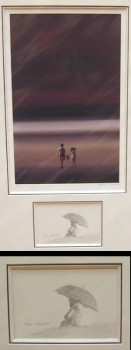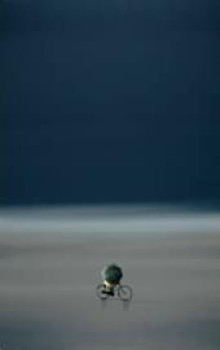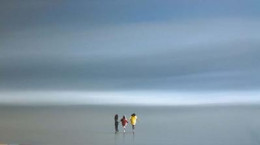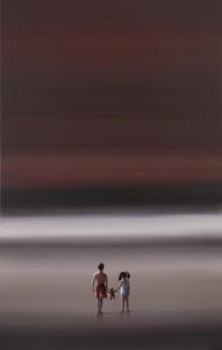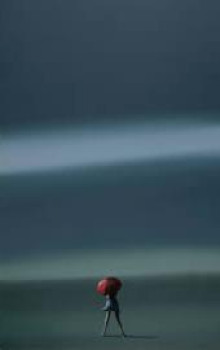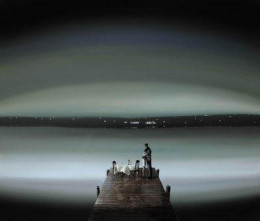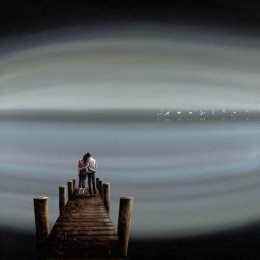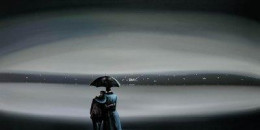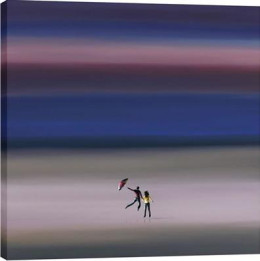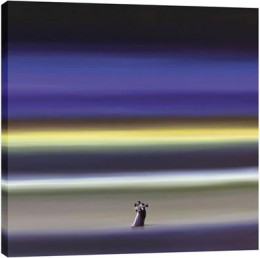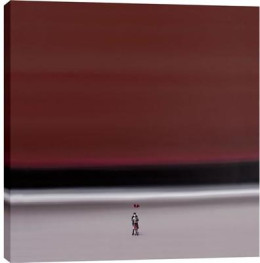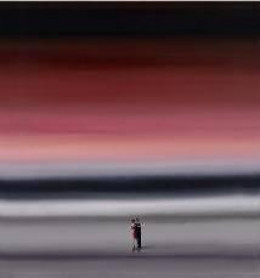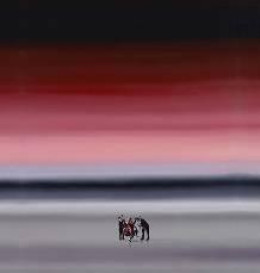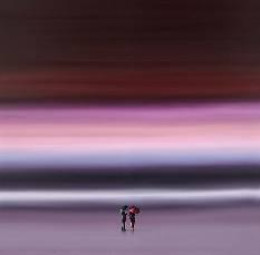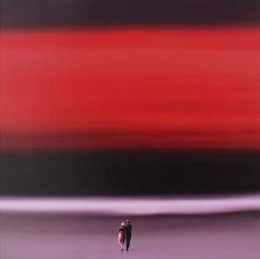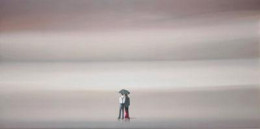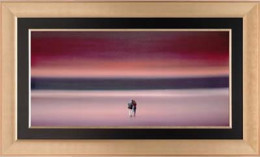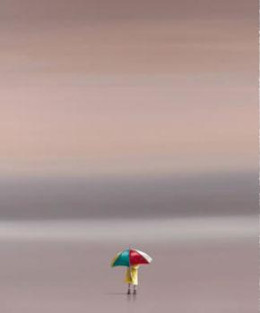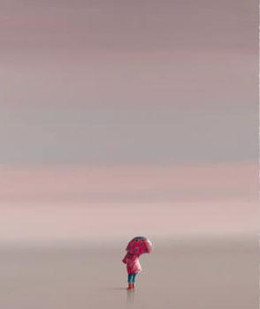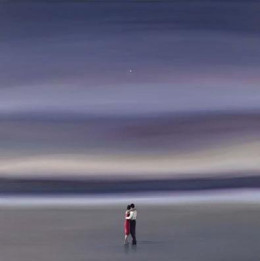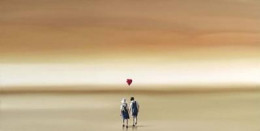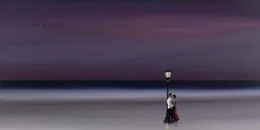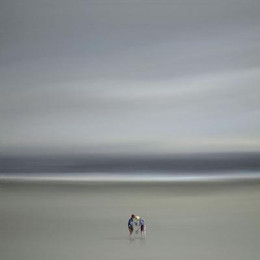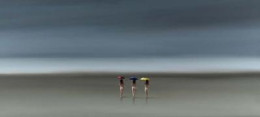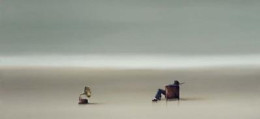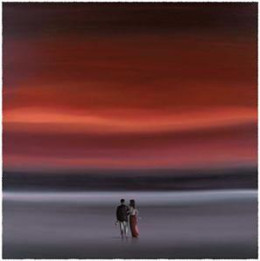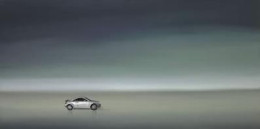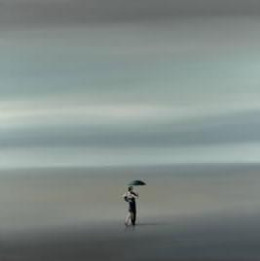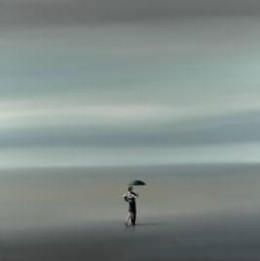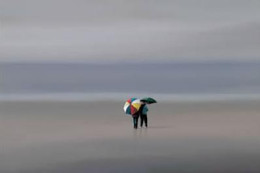Born in Glasgow in 1956, Steve grew up in Dumfries and studied at the art school. Upon leaving, he became an apprentice electrician for a short period, which did not know that his artistic career resulted. In 1973, Carlisle College offered him a place, where for the second year, we opted for a change in the middle, who prefer to paint the picture. Found in black and white formats extremely insp
Born in Glasgow in 1956, Steve grew up in Dumfries and studied at the art school. Upon leaving, he became an apprentice electrician for a short period, which did not know that his artistic career resulted. In 1973, Carlisle College offered him a place, where for the second year, we opted for a change in the middle, who prefer to paint the picture. Found in black and white formats extremely inspiring and exciting to work with, in fact see himself as an artist, but the use of a camera instead of painting.
Upon leaving college he moved to London, where she works independent of magazines for teenagers, which led to work for Vogue magazine in 1977, when his work was included in the 'Pink Punk Book' published in 1978. This style of the photo launched the first edition of the magazine D i in 1980, where he worked for the coming years. In 1991, when photography no longer became a source of inspiration for him, he began painting in earnest once again re-focus on the medium he had embraced. "It was then that something clicked and I have not looked back since ... ... Painting is my life."
He is always drawn to the figures that create a great way. Details such as "how" someone is standing or 'what' they do come into play later. It is the graphic form of "body mass" which inspired the first ideas. Some images can unlock powerful emotions that are independent of what the actual content of the image can create if they focused on more detail.
He tries to take the voyeur somewhere with a feeling that the family has been almost ephemeral and ethereal quality, rather than somewhere specific. With the same reasoning, which does not represent figures to be no one in particular. "The goal is to capture the essence and emotion instead of a well-defined and precise person or place, as I am not interested in the whole narrative pieces."
show less

